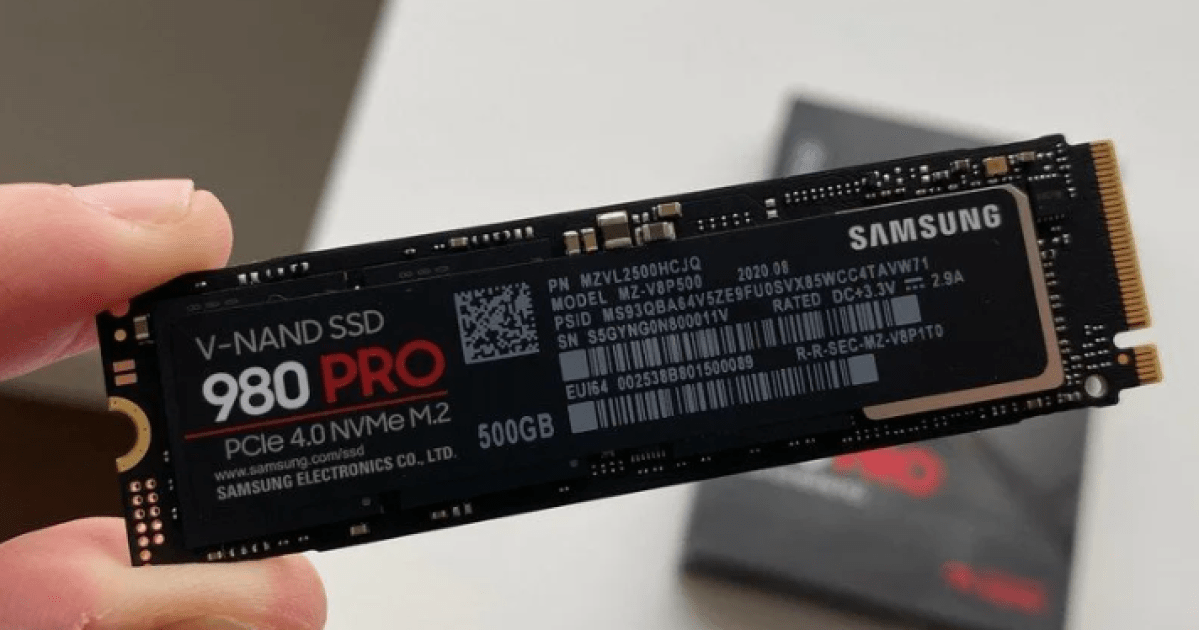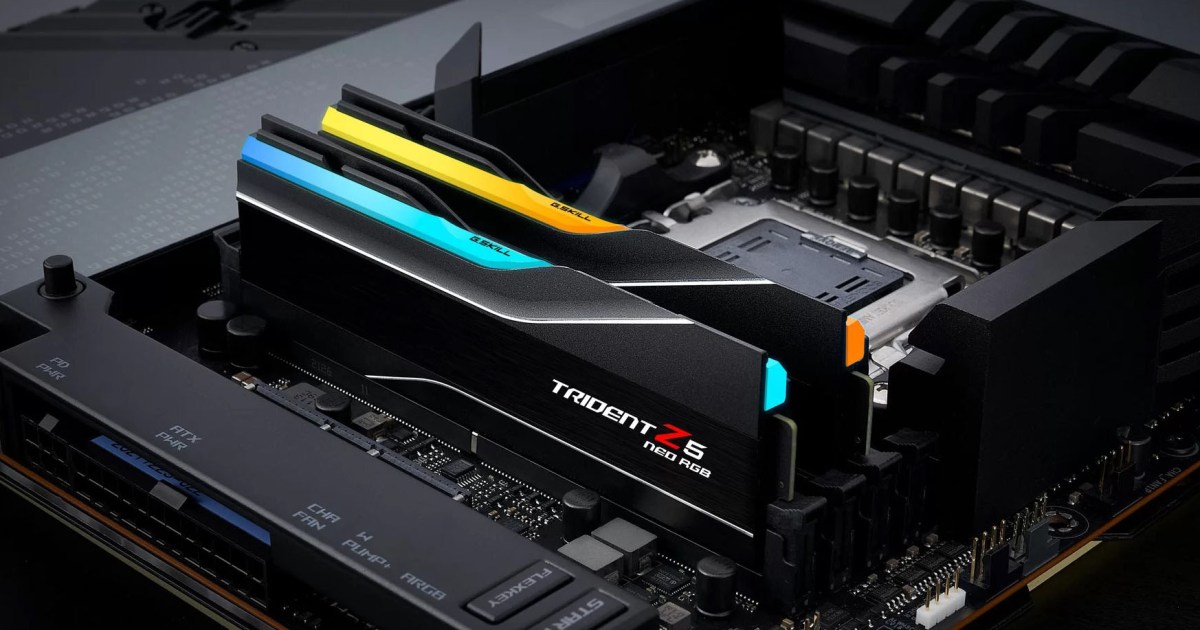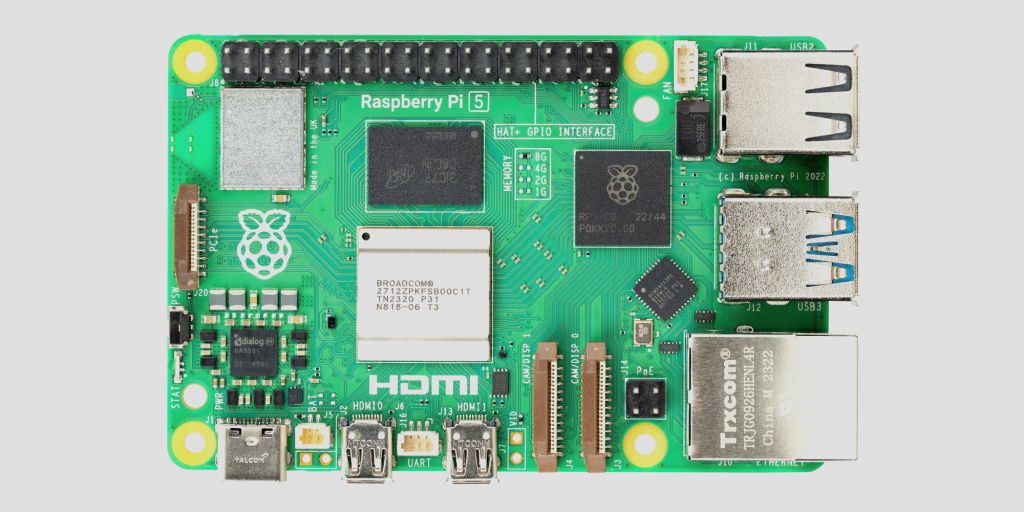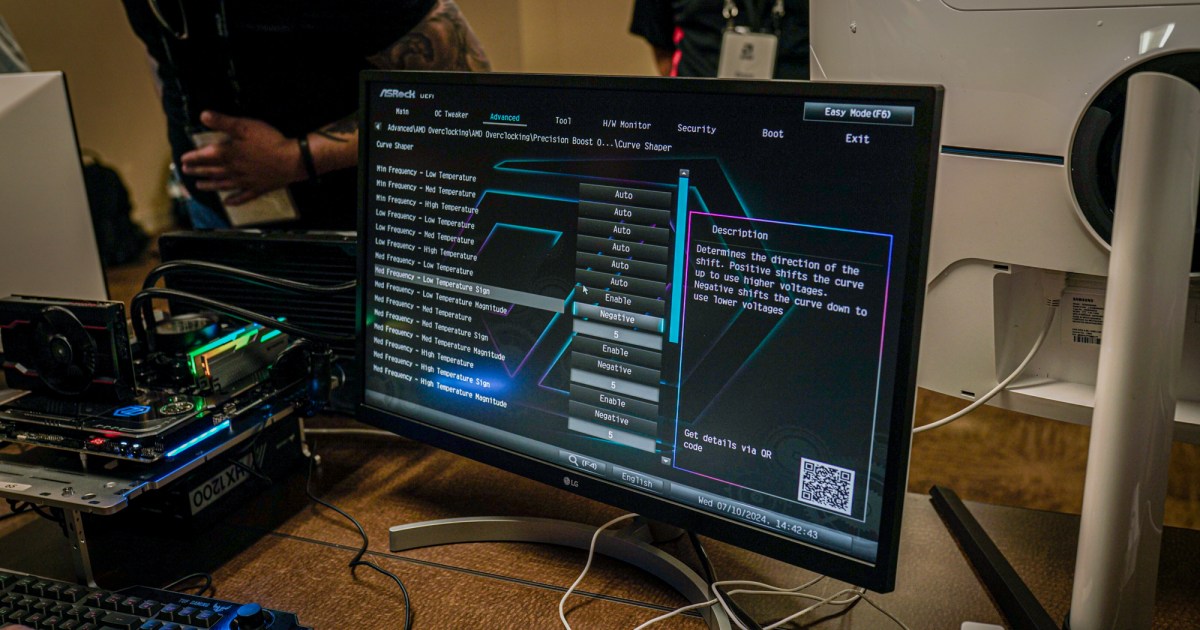Solid-state drives (SSDs) have become the preferred storage solution for their speed and reliability. While they offer significant performance advantages over traditional hard disk drives (HDDs), they aren’t impervious to failure. This article explores the lifespan of SSDs, factors affecting their longevity, and the warning signs of impending failure.
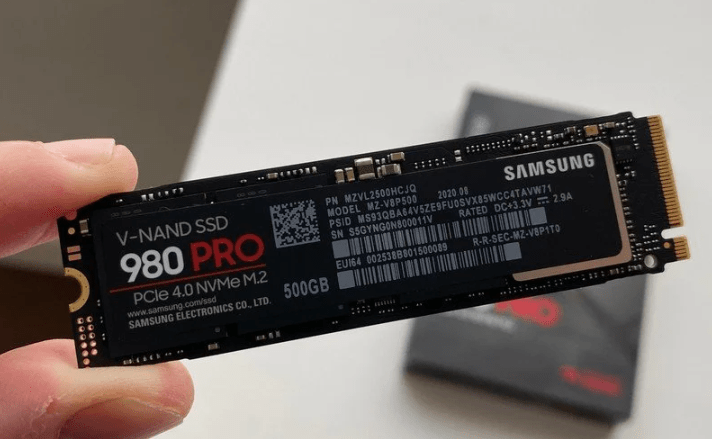 alt=Close-up of a Samsung 980 Pro SSD
alt=Close-up of a Samsung 980 Pro SSD
SSDs typically function reliably for five to ten years, though this varies depending on several factors. Understanding these factors can help you make informed decisions when purchasing an SSD and manage your storage effectively.
Understanding SSD Lifespan
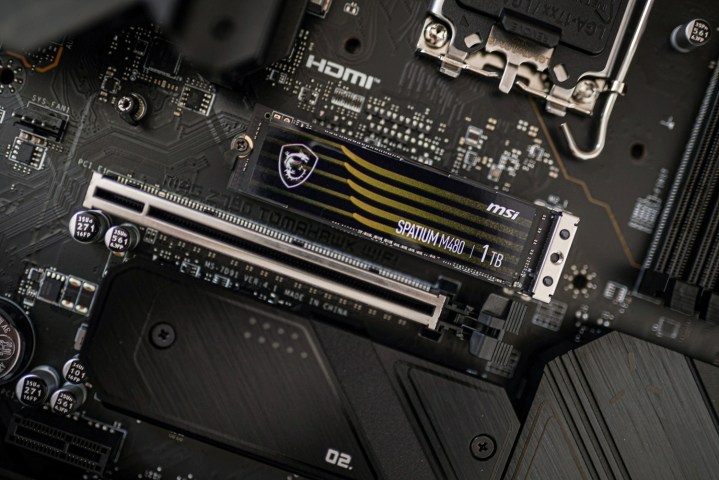 alt=An SSD installed on a PC motherboard
alt=An SSD installed on a PC motherboard
Despite their importance in data storage, pinpointing the exact lifespan of an SSD is challenging. While they can function well for up to a decade, the average lifespan is often shorter. Studies suggest that the likelihood of failure increases with time, rather than solely with usage. Regular, heavy usage doesn’t necessarily accelerate the aging process as much as simple time passage does.
Research indicates that SSDs have a lower replacement rate than HDDs, debunking the myth of their inferior reliability. However, SSDs tend to experience more uncorrectable errors and bad blocks than HDDs, contributing to gradual performance degradation over time.
Backblaze, a cloud storage provider, analyzed over 3,000 SSDs in their data centers and reported low annualized failure rates (AFR) between 0.36% and 1.72% in mid-2023. Their data also revealed an average age of failure of just 14 months, but this is skewed by the relatively young average age of their SSD fleet (25 months). Over time, this average age of failure is expected to increase.
It’s important to note that these studies primarily focus on data center SSD usage, which differs significantly from consumer usage patterns. Predicting the lifespan of a consumer SSD is complex, as it depends on multiple factors, with time being a significant contributor. Many SSDs may never fail before they are replaced as part of a system upgrade.
Factors Affecting SSD Lifespan
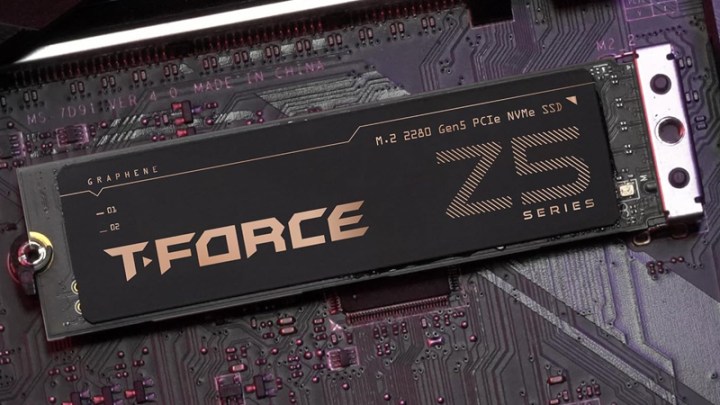 alt=Teamgroup TForce PCIE5 SSD
alt=Teamgroup TForce PCIE5 SSD
Several factors influence the lifespan of an SSD. Understanding these metrics can help you assess an SSD’s potential endurance:
TBW, DWPD, and MTBF
-
Terabytes Written (TBW): This metric represents the total amount of data that can be written to an SSD before it wears out. High TBW values indicate greater endurance. Reaching the TBW limit in a consumer setting is unlikely. Even with regular usage, most modern SSDs with high TBW ratings will last for many years.
-
Drive Writes Per Day (DWPD): This metric indicates how much data can be written to the SSD daily over its warranty period. It helps assess the drive’s suitability for write-intensive workloads.
-
Mean Time Between Failures (MTBF): This is a statistical measure of an SSD’s reliability, expressed in hours. It estimates the time between potential failures during normal operation. While a high MTBF suggests better reliability, it doesn’t guarantee a specific lifespan.
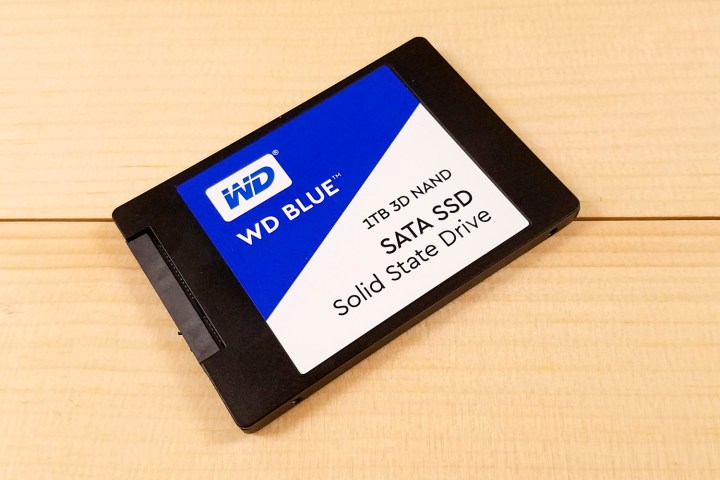 alt=Western Digital Blue 3D NAND SATA SSD
alt=Western Digital Blue 3D NAND SATA SSD
These metrics provide estimates, but the actual lifespan can vary.
Age and NAND Flash Memory Type
Age is the primary determinant of SSD lifespan. The oxide layer in NAND flash memory deteriorates with each program/erase (P/E) cycle, eventually impacting the drive’s ability to store data.
Different types of NAND flash memory have varying endurance levels:
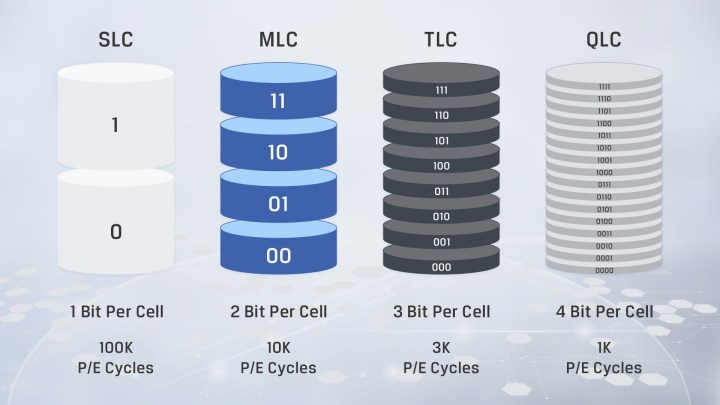 alt=Diagram illustrating the different types of NAND flash memory.
alt=Diagram illustrating the different types of NAND flash memory.
- Single-Level Cell (SLC): Highest endurance, found in enterprise SSDs.
- Multi-Level Cell (MLC): Good endurance, sometimes used in consumer SSDs.
- Triple-Level Cell (TLC): Most common in consumer SSDs, balancing performance, price, and durability.
- Quad-Level Cell (QLC): Higher storage density but lower endurance.
3D NAND technology improves density and capacity across all NAND types. Most consumer SSDs utilize TLC NAND, offering a reasonable balance between affordability and lifespan.
Recognizing SSD Failure
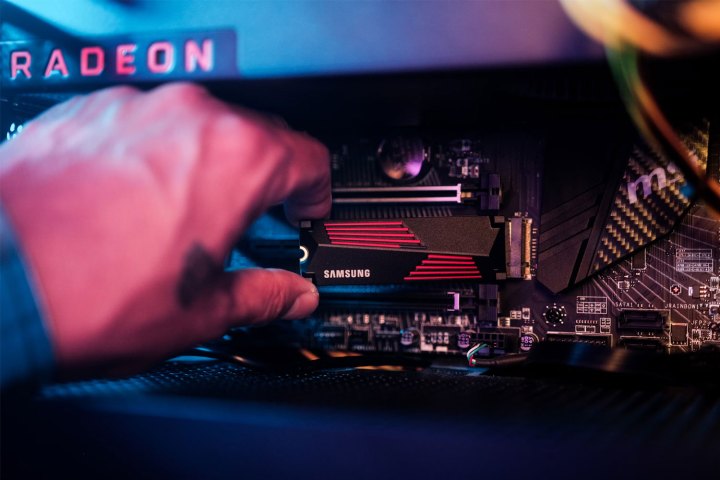 alt=Installing a Samsung SSD in a desktop PC
alt=Installing a Samsung SSD in a desktop PC
SSD failures often exhibit clear symptoms:
- Frequent crashes, particularly during boot
- Read-only mode activation
- File system errors
- Significantly slow performance
- Data corruption
- Blue Screens of Death (BSOD)
- System freezes and unresponsiveness
- SMART errors (bad blocks, reallocated sectors)
Regular backups and periodic SSD health checks are crucial for mitigating data loss risks. Addressing these signs early allows for data retrieval and timely replacement.
Conclusion
SSDs offer excellent performance and reliability, but understanding their lifespan and potential failure points is essential. By considering factors like TBW, DWPD, age, and NAND type, you can make informed choices and manage your storage effectively. Regular backups and monitoring for warning signs will help protect your valuable data.



